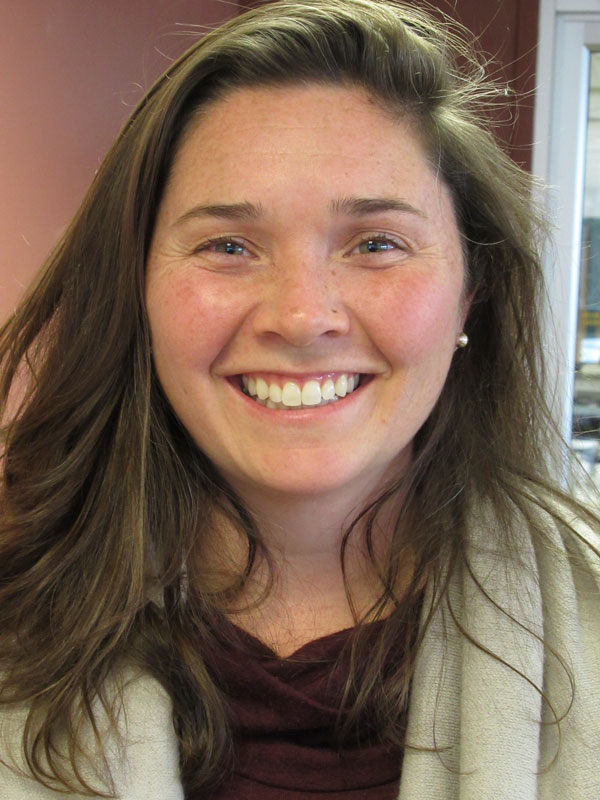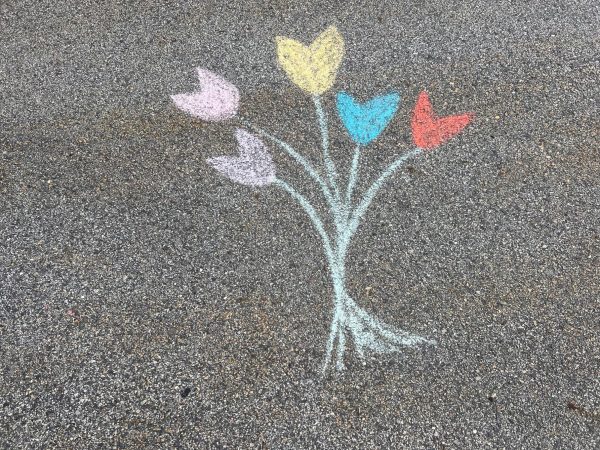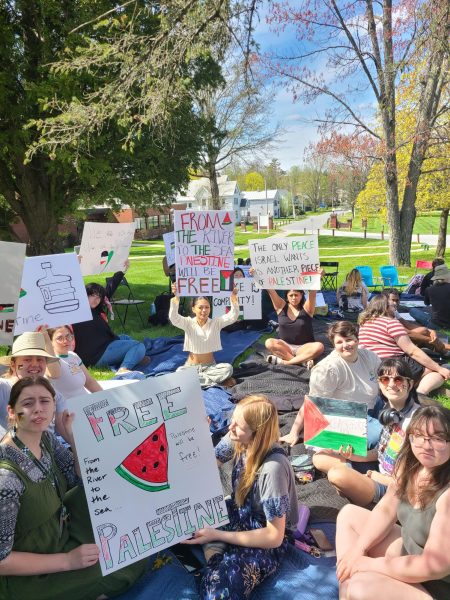Notes on Belonging
Elaine Harvey
In the last “Notes on Belonging” column, I encouraged our campus to engage in small acts geared towards fostering a sense of belonging at Northern Vermont University. I’m curious, how did that go? I didn’t have a flood of new visitors in my office, so I’ll choose to assume that you were all so busy trying out other methods that you skipped coming to meet me. Just know that the offer still stands; come to Dewey and say hello.
This week, I’ve been thinking a lot about what it means to belong in academic spaces. The aspects that typically define a traditional residential community relate to the residential experience and co-curricular activities. But what about the classroom? Recent research indicates that learning communities are essential to fostering a sense of belonging which, as we know, is linked to increased success and persistence. When we feel like you don’t belong, we’re less likely to participate, hurting our chances of meaningful engagement. So, how do we set about fostering inclusive experiences in the classroom?
One of the areas that the Title III grant has supported is the Northern Vermont University Center for Teaching and Learning (CTL). The CTL is a centralized group of educators who support “pedagogical excellence through evidence-based programs and services intended to increase collaboration, communication, community and enhance student learning.” That is all to say that NVU-Johnson has a collective dedicated solely to enhance the classroom experience for our students. Thanks to the work of Aimee Pascale, director of NVU’s Center for Teaching and Learning, this resource is available across both campuses and guided by an impressive number of faculty and staff interested in the ever-changing needs of our students and instructors.
The list of resources and trainings available should give you a good idea of the tangible ways that our faculty are engaging in to create more inclusive classrooms. So, what does that look like practically? On the CTL website, you need to look no further than the resources page to grasp the wide array of topics that get right to the heart of addressing a sense of belonging for all. Articles and videos related to social justice, race and racism, social identity, inclusive assessment practices and more provide hours of fodder for those interested in taking on this task of investing in a community of belonging. But what good are links on a page if we’re not engaging each other? The NVU faculty also hosts workshops to promote more inclusive learning spaces.
One of my favorite recent teaching tips is about the first three weeks of class. The tips and best practices encourage instructors to think through what the experience of a new student may feel like. Maybe someone hasn’t seen a syllabus before let alone know how to spell it or read it; maybe the term “office hours” is foreign and therefore seems inaccessible. The workshop encouraged faculty to do four specific things right off the bat: be transparent, demonstrate empathy, build community and develop curiosity. Small changes like feedback within the first three weeks of a course or encouraging the class to learn each other’s names can make a big difference in how we absorb information in the classroom.
Through the office of First Year Experience, we formally organized Learning Communities (LCs). This model is an intentional practice to encourage a sense of belonging as associate it with student learning. This week, I want to encourage us all to seek out one way you can support the practice of building bridges with other students and instructors. What part can each of us take in creating intentional learning communities even when they aren’t as formal as the first-year program?
You’ll notice a theme as you keep reading “Notes on Belonging”—the change we wish to see in community is a result of small, incremental adjustments. Each of us holds the key to unlock more potential from our neighbors and peers. If you see something in your classroom that could benefit from a change in order to foster a more inclusive environment, address it constructively. Applying a growth mindset to our experiences allows us to take control over our collective culture. Join me in fostering a culture of belonging in any way you see fit. We’ll all benefit.




